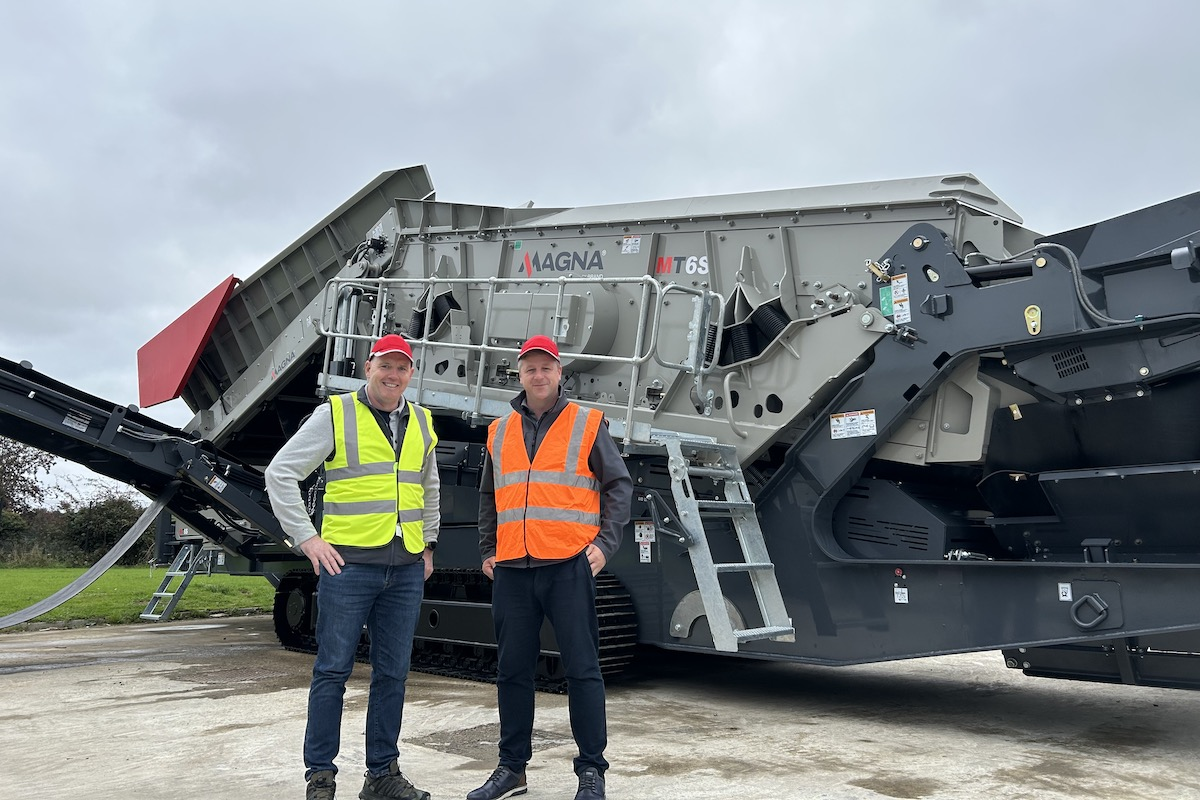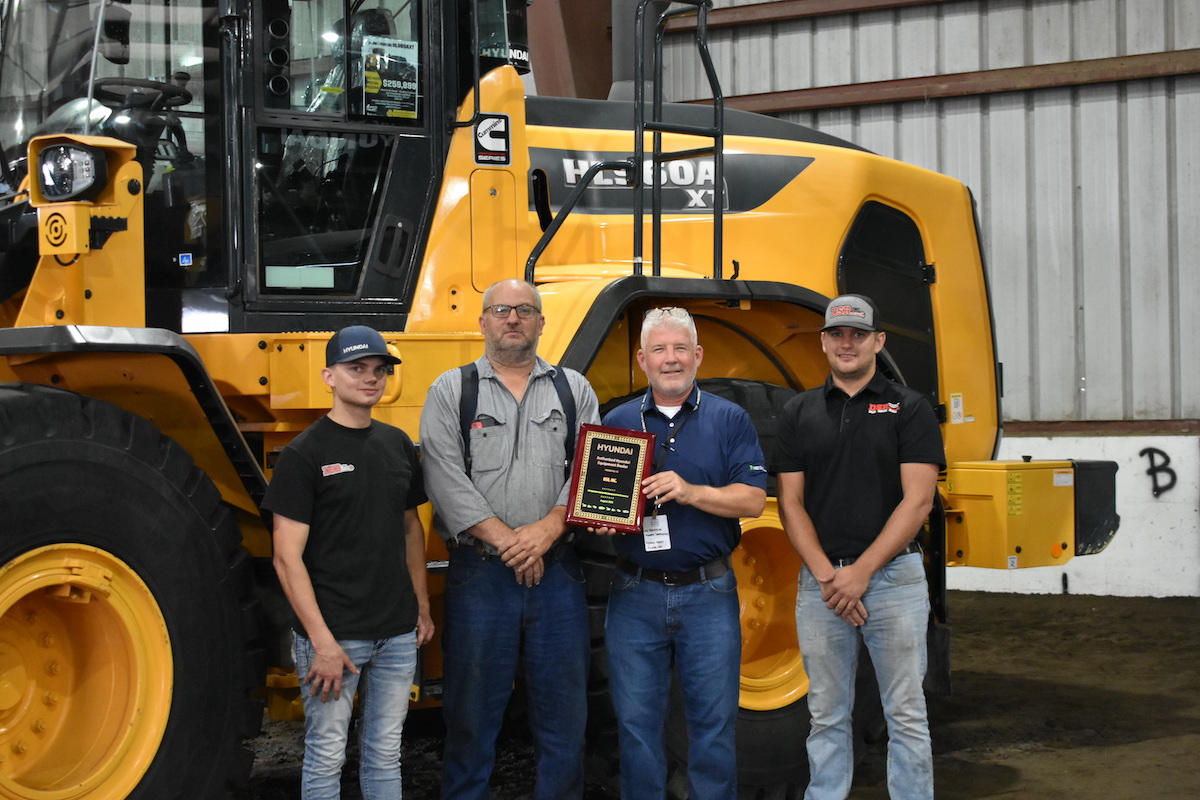If you’re looking for more evidence that electric construction equipment will benefit your bottom line in the long run, look no further than under the hood. To put it simply, these machines require almost no maintenance.
There is no difference in the maintenance of non-electrical components like hydraulic pumps and hoses. However, before performing maintenance on the non-electrical components, a risk assessment process is required, just like it is for the electrical components. Even though the work may not directly involve the electrical or battery power systems, there could still be inherent risk. Which is why…
When diagnostics reveal a need for component removal or other maintenance, a risk assessment is performed by a qualified technician and the traction voltage system is disconnected and decommissioned. This should only be performed by people who have completed a thorough certified training program.
Because we’re talking about machines using electricity, most of the training will be about safety. Some of the concepts that are important to learn include how an AC three-phase motor functions, Ohm’s law (the relationship between voltage, current, and resistance in a circuit), Fleming’s left- and right-hand motor and generator rules, and the effect that current flow has on a magnetic field. Other topics unique to electric machines are inverter function, onboard charging system operation, and how a lithium-ion battery works (see “A Closer Look at Lithium-Ion Batteries” below).

| Your local Komatsu America Corp dealer |
|---|
| Road Machinery and Supplies Company |
This may sound like a big shift in what technicians need to know, but it’s part of our ever-evolving industry. It’s just like when telematics and in-cab displays entered the picture — technicians had to learn how to service those as well. When you consider the complexity of internal combustion engines, the differences between diesel and gasoline engines, differences between two- and four-stroke engines, and the fact that engines have an average of 2,000 moving parts, perhaps electric machines don’t seem so complicated.
Although the shift to electric requires some training, the maintenance needed for these machines is much simpler and less frequent. With electrification expected to continue growing, it’s a worthwhile investment for many reasons.
These rechargeable batteries are named for the lithium ions that move between two electrodes during the charging and discharging cycles to store and release energy.
Battery Anatomy
First things first: Electricity cannot be captured and stored. It must be converted to another energy form (e.g., chemical energy) which can then be stored.
In an internal combustion engine, the bond energies within gasoline or diesel molecules are broken and converted to heat, which transforms into the mechanical energy needed to drive the piston. Similarly, batteries store electricity from the power grid in the form of chemical potential and then discharge energy to provide electricity.
Lithium-ion batteries contain four main components:
- Anodes (the negative end) store and release lithium ions from the cathode during charging; conversely, they release lithium ions during discharge. They’re typically made of graphite.
- Cathodes (the positive end) serve as the origin of lithium ions, playing a crucial role in determining the battery’s capacity and nominal voltage. They’re typically made of active material, e.g., NMC (nickel, manganese, and cobalt), NCA (nickel, cobalt, and aluminum), or LFP (lithium, iron, and phosphate).
- The separator divides the anode and cathode and prevents direct contact between them.
- The electrolyte provides lithium-ion conductivity. It’s a chemical solution that transports lithium ions and prevents the electrons from going straight from the anode to the cathode within the battery.
A battery must be connected to an external circuit to absorb and release energy. Electrons move through the external circuit while lithium ions move through the electrolyte.
How Li-Ion Batteries Work
Let’s take the current, widespread adoption of lithium-ion chemistries, NMC, as an example:
- During charging, electrons accumulate at the anode (electricity is converted into chemical potential).
- This results in an electrical difference between the anode and the cathode. Think of this as an unstable build-up of the electrons.
- The oppositely charged lithium ions move inside the battery from the cathode through the electrolyte to balance the charge.
- While the battery is discharging, the anode releases lithium ions to the cathode, generating a flow of electrons from one side to the other. It converts the stored chemical potential energy to electricity in the circuit and discharges the battery.
This may still seem a bit complicated, but that’s mainly because it’s new to our industry. The batteries and motors themselves are not new, though — they’ve been proven in several other industries. With time and experience, it will all start to make more sense and the realization of simpler maintenance will come into view.










































































